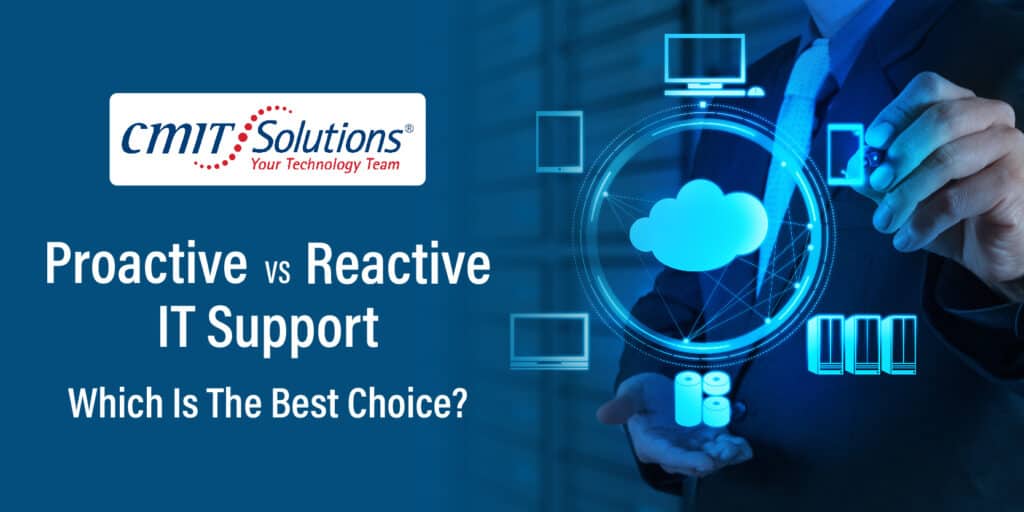“Migrating to the cloud” is a trendy buzzword these days. The Digital Journal had predicted that an estimated 90% of businesses would move to the cloud by 2021.
Unfortunately, Small and Medium Enterprises (SMEs) are lagging behind due to privacy concerns, expenses, migration complexities, and more. This is an issue that requires immediate attention because SMEs are the pulsing nerve center of an economy.
However, even on a small scale, choosing cloud services and solutions requires proper planning and an overall assessment of the business’s goals and objectives. Our article is a guide for SMEs to understand what it takes to move to the cloud and draft cost-effective cloud migration strategies.
Understanding The Terminology “Cloud Migration”
By simple definition, Cloud Migration is the technical process of moving all your business components- your workloads, data, applications, and IT resources- to the cloud. Now, the term “migration” here could mean two things:
Moving digital assets from a non-cloud environment (like legacy infrastructures and on-premise data centers) to the cloud.
Moving from one cloud to another.
The concept of cloud computing is quite simple, and we’ve all probably used the digital solution without our knowledge. The simplest examples of cloud-based services are email and streaming services we so often use.
Technically, cloud computing is classified into three categories:
The private cloud is designed specifically for the internal use of a private organization.
Public cloud in which a third-party provider delivers services over the Internet.
Hybrid cloud in which a business uses both public and private cloud.
So, what do businesses most often prefer? RightScale’s 2021 State Of The Cloud Report gives us these numbers:
19% of businesses use only public cloud
2% prefer only the private cloud
78% leverage the benefits of the hybrid cloud
Whatever the choice, it is apparent that organizations are not hesitant to invest in cloud migration.
Why do businesses migrate?
There are three obvious reasons why organizations are taking the plunge from non-cloud environments to cloud computing:
Lower cost and enhanced performance of IT operations
Data modernization
Data protection
With the cloud, you have access to unlimited computing power and resources that enable you to achieve unimaginable application scalability. The cloud also offers several other benefits to your organization:
Scalability with storage and applications to suit your requirements
Updated, cutting-edge technology over outdated processes
Unlimited access to tools for integration, software testing, and development
Seamless, uninterrupted data sharing
Increased security with multiple backup servers
Nil cost of hardware maintenance
Enhanced employee mobility
Furthermore, Microsoft Office 365 reveals some interesting statistics on why cloud computing is a favorite amongst SMBs. Of the organizations that participated in the study:
94% appreciated the security that comes with cloud migration
82% reported reduced overhead expenses
59% witnessed a significant increase in productivity
Why should SMEs opt for cloud migration?
The benefits of cloud migration are not limited to these few points mentioned here. However, small businesses and start-ups still take a wary approach to cloud migration, either because they lack the technical expertise in-house or find them expensive. This is where managed cloud services and solutions can be beneficial to small businesses. These services provide a cost-effective means of migrating to the cloud and do not require specific technical expertise for execution.
Businesses should consider moving to the cloud because of it:
Lays the foundation for efficient growth and transformation
Aligns the infrastructure to cater to the changing business landscape
Boosts operational efficiency with scalable cloud computing resources
Promotes work flexibility through remote working
Lowers overhead costs, which is the main concern for SMEs
Generates real-time financial and analytical reports
As SMEs take baby steps with cloud migration, it is apparent that they prefer to rely on public clouds than hybrid or private clouds. Statistics reveal that 44% prefer single or multiple public clouds, and 24% rely on a single public cloud.
In light of the above facts, it becomes obvious to have a perfect migration strategy for SMEs to reduce operational costs and improve the performance of their applications.
3 Effective Approaches To Choose Cloud Migration Strategies
Let’s make one thing clear here- there is no one-size-fits-all approach to migration strategies. You can use a multi-pronged strategy or a simple, uncomplicated one that suits your transition.
Here are three different approaches to choosing the cloud migration strategy that’s most suitable:
1. Replace
This approach involves decommissioning all legacy components and replacing the outdated system with a cloud-based alternative. However, it requires planning and choosing which systems to migrate and which to leave behind. The biggest benefit, however, is that it creates a fast route to the cloud.
2. Rehost
This strategy adopts a “lift and shift” of the legacy digital assets to a cloud environment without code changes and functionality adjustments. The pros? It provides faster access to the cloud. There are emulators like the COBOL mainframe emulator for Windows that help recreate the legacy environment on modern infrastructure. The cons? This approach does not harness the benefits of cloud performance, the availability of cloud-native tools, or optimized infrastructure costs.
3. Rearchitect
Rearchitecting allows portion-by-portion or piece-by-piece migration of applications to the cloud while leaving some elements in the legacy environment. A good example of rearchitecting is keeping the monolithic application in-house while moving its database to the cloud. It is an efficient way to achieve better performance and optimize cloud-based analytical tools.
Even if you’ve devised the most flawless approach to cloud migration, it is sensible to anticipate and understand the possible pitfalls you may encounter. Use these six tips to make your transition risk-free.
6 Tips For A Seamless, Hassle-Free Cloud Migration
1. Start with the small details
Do not uproot in one go. It will hurt your workflow, especially if your workforce is used to doing things in a certain way. Take things one step at a time. Target the small and easy data that can be migrated without impacting user experience. For example, choose the application data that can be replaced with a Software-as-a-Service (SaaS) application.
2. Secure your internet connection
Cloud technology thrives on fast, uninterrupted, reliable internet connection. Without this convenience, there is no cloud migration. If you are targeting a complete transition of your data and apps to the cloud, you also have to invest in an internet connection that allows easy access to the cloud.
3. Assess your storage needs
Cloud migration is an investment. To make it worthwhile, you need to select the right storage solution that aligns with your requirements. Assess your existing applications and infrastructure and analyze your storage needs on parameters such as cost, size, performance, and features.
4. Train your employees
If you migrate to the cloud, your employees should be familiar with the technology and its concepts. If not, it could lead to a dilemma of untold troubles, chaos, and revenue loss. Ensure your vendors provide detailed videos, documents, and practical classes to teach your staff how to use these new tech resources.
5. Devise long-term plans
Like every other tech measure you’ve embraced, your cloud migration should reward you with long-term benefits and be scalable to meet your changing requirements. Hence, make long-term plans to stay relevant with the latest updates and features. As an SME, you may not need them now, but they will come in handy when you progress.
6. Plan an exit strategy
There are no hard and fast rules to linger with a cloud if it does not work for you. Have a Plan B to migrate to another cloud or even back to your legacy environment if the need arises. This exit strategy will help you curb unnecessary expenses.
CMIT: The Best Provider For Cloud Services & Solutions
Migrating to the cloud is a job for experts. CMIT Solutions, Tempe, helps you take baby steps in your cloud migration journey. With CMIT expertise, it is not just a migration but a whole new transformation to propel your business. Get in touch with our experts to kickstart your cloud migration asap.
Our IT Services
| Managed IT Services | Cybersecurity | Productivity Applications |
| IT Support | Cloud Services | Network Management |
| Compliance | Data Backup | Unified Communications |
| IT Guidance | IT Procurement |




